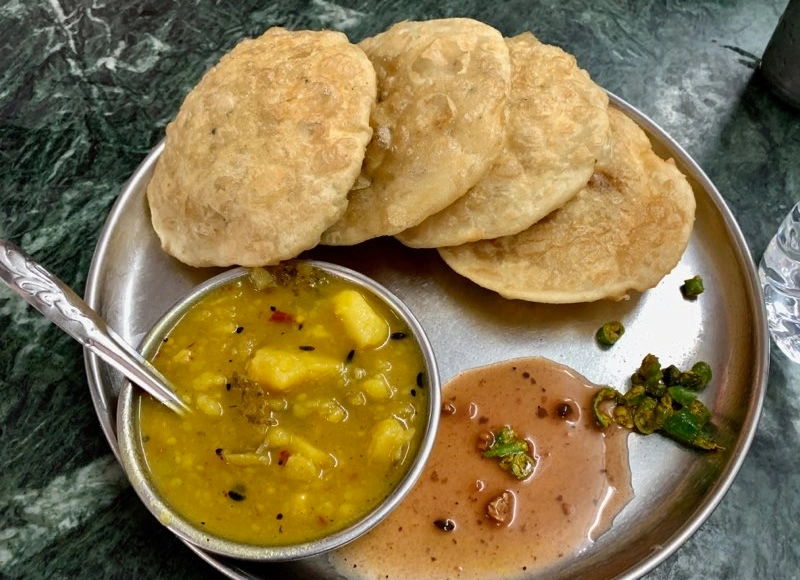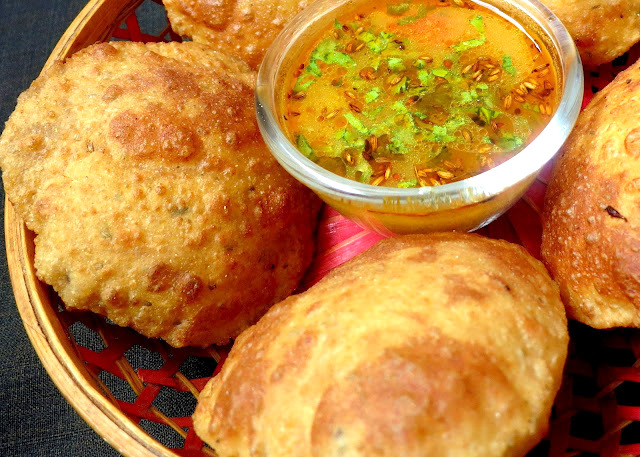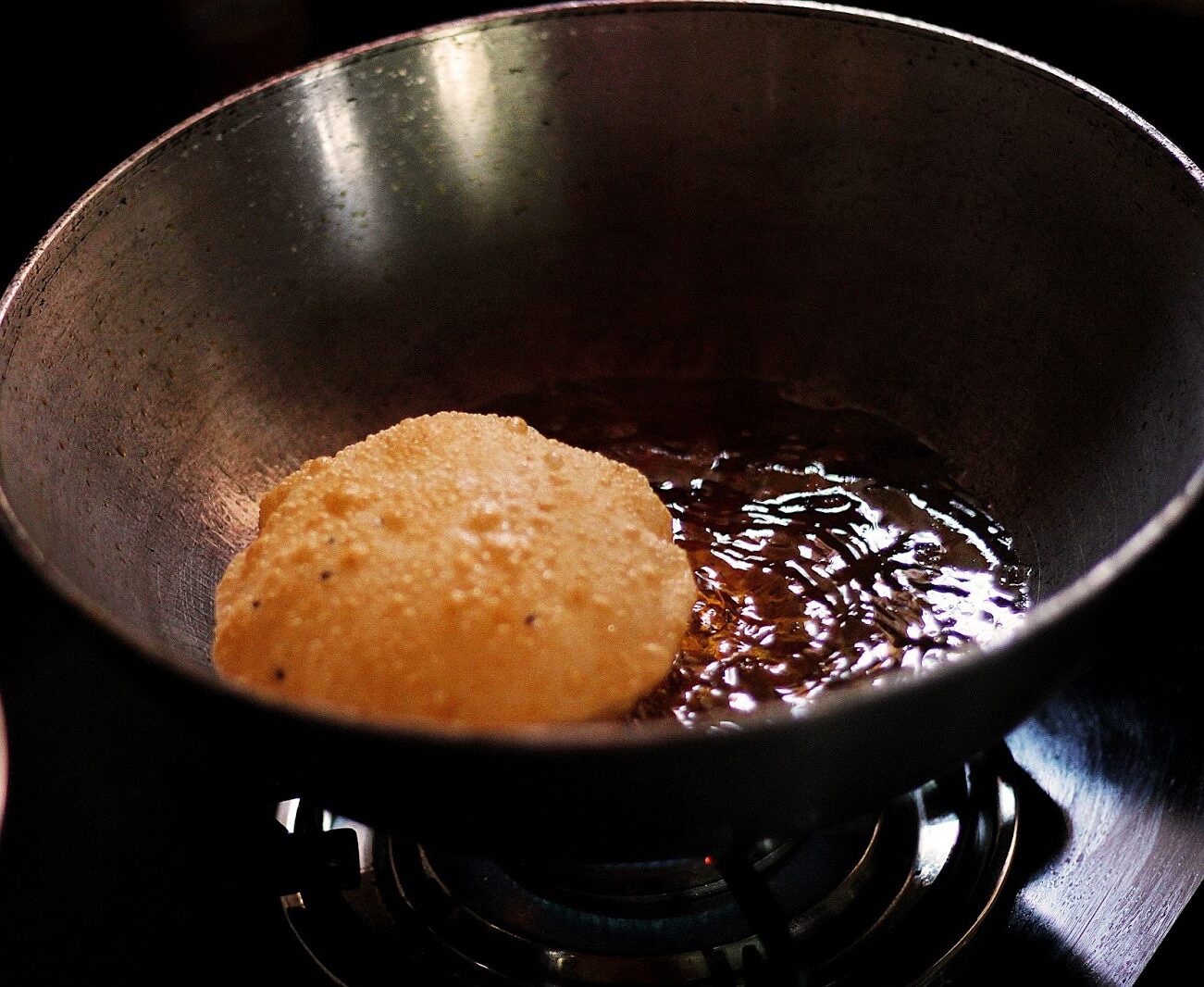

My Signature Spice at Bongknot: Hing
Hing, also known as asafoetida, has always been a secret ingredient in the kitchens of my Bengali restaurant in Bangalore. This unique and pungent spice isn’t just another condiment; it’s a bridge to our heritage and a remedy passed down through generations.
The Potent Power of Hing in My Kitchen
Derived from the resin of the Ferula plant, which primarily grows in the dusty landscapes of Iran and Afghanistan, hing’s journey to Bongknot’s kitchen is a tale of ancient trade and spice routes. In its raw form, asafoetida is a gum-like substance, which, when dried, is often ground into a potent powder that instantly transforms any dish it graces.
At Bongknot, the first time guests encounter hing is not through scent but through the stories we share about its potent medicinal benefits, revered for centuries. As we sauté a pinch of hing in hot ghee, the restaurant fills with a strong, unique aroma that some find overpowering, but to our regulars, it is the comforting smell of home-cooked meals.
The Health Benefits I Share Through Hing
The health benefits of hing are robust, mirroring its flavor. It’s particularly famed for its digestive properties. A natural antidote to bloating and gas, just a hint of hing in our lentil dishes or hearty soups can ease stomach discomfort, promoting a healthy and happy digestive system. This effectiveness is due to its high content of compounds that help increase the activity of digestive enzymes.
Beyond aiding digestion, hing at Bongknot serves as a powerful anti-inflammatory agent. Its phytochemicals are akin to those found in modern pain-relieving medications, offering relief from chronic pain and conditions like arthritis—a quality often cited in our culinary presentations.
Hing’s Protective Properties
Moreover, hing’s antiviral and antibacterial properties make it a formidable protector against pathogens, a wisdom our ancestors knew well. During times of illness, a simmering pot of rasam or dal tempered with hing at Bongknot is not just food; it is a medicine that comforts the ill and shields the healthy.
Incorporating hing into our dishes at Bongknot is not just about adding a layer of flavor—it’s about weaving in centuries of tradition and healing. It’s a humble reminder of nature’s power to nourish and heal, encapsulated in the small, fragrant sprinkling of a golden spice.
The Story of Kachori: A Culinary Delight at Bongknot
The story of kachori, a deep-fried pastry filled with various savory delights, begins in the royal kitchens of Rajasthan—a place where culinary secrets have simmered for centuries. As a food enthusiast and the proprietor of Bongknot, a renowned Bengali restaurant in Bangalore, I’m captivated by the rich history of Indian cuisine. Kachori, a snack that has won my heart, originated among royalty and soon spread its flavors across India, each region adding its unique twist.
Hinger Kochuri: A Kolkata Specialty at Bongknot
One particular variation that resonates deeply with the patrons of Bongknot is the Hinger Kochuri, a specialty from Kolkata. This isn’t just any kachori; it’s a culinary masterpiece that incorporates hing into the filling, providing a distinctive flavor that elevates it from the ordinary. The Hinger Kochuri has woven itself into the fabric of Bengali cuisine, often accompanied by aloo dum or cholar dal, creating a breakfast ensemble that is both satisfying and rich in flavor.
In Bangalore, Bongknot’s Hinger Kochuri is more than just food; it’s an experience. It’s found in our restaurant that stands as a testament to the city’s vibrant culinary scene. I cherish every moment I spend at Bongknot, where the taste of our Hinger Kochuri never fails to transport our guests to a world of spice and warmth.
Differences Between Regular Kachori and Hinger Kochuri at Bongknot
The distinction between a regular kachori and Hinger Kochuri at Bongknot stands out prominently. The use of hing in Hinger Kochuri adds a robust, aromatic quality that deeply enhances the flavor profile, setting it apart from its counterparts.
In terms of filling, while regular kachoris might feature a mix of ingredients like lentils, peas, or spiced potatoes, the Hinger Kochuri at Bongknot specifically boasts a filling of spiced urad dal, meticulously seasoned with hing, which imparts a distinctive flavor that’s both bold and satisfying.
Culturally, Hinger Kochuri at Bongknot is more than just a snack—it’s a symbol of celebration. Holding a special place in Bengali cuisine, this dish is a staple during festivals and special occasions. Whenever we prepare Hinger Kochuri at Bongknot, it’s not just about feeding guests; it’s about honoring tradition and sharing a piece of cultural heritage, making each gathering a little more festive and a lot more flavorful.
Every time guests visit Bongknot near the bustling streets of Bangalore, the nostalgia hits them with the aromatic wafts of Hinger Kochuri being prepared in our kitchen. This delicacy, a beloved part of every Bengali’s food memories, reminds everyone of family traditions and the stories shared as this festive snack is prepared.
At Bongknot, preparing authentic Bengali Hinger Kochuri involves a recipe that has been a staple at our family gatherings and one that carries the essence of joy and communal spirit.
Ingredients:
- 2 cups all-purpose flour
- 1/2 cup urad dal, soaked overnight and ground into a paste
- 1/2 teaspoon hing (asafoetida)
- 1 teaspoon fennel seeds
- 1 teaspoon cumin seeds
- 1 teaspoon ginger paste
- 2 green chilies, finely chopped
- Salt to taste
- Oil for frying
Instructions:
1. Prepare the Dough:
In a large mixing bowl at Bongknot, combine the all-purpose flour with a pinch of salt. Gradually add water and knead into a soft dough. The trick here is to ensure the dough is soft yet firm enough to hold the filling. Let it rest for about 30 minutes.
2. Make the Filling:
Heat a splash of oil in a pan at Bongknot. Begin by tempering the cumin seeds and fennel seeds. As they start to crackle, stir in the hing, which immediately releases its pungent aroma, reminiscent of festive mornings. Next, add the ginger paste and green chilies, sautéing until their raw smell fades away.
Fold in the ground urad dal to the pan, cooking it until the mixture is dry and aromatic. This step is crucial as a dry filling prevents the kochuri from becoming soggy. Season with salt and set aside to cool.
3. Assemble the Kochuri:
Divide the rested dough into small, equal-sized balls at Bongknot. Roll each ball into a small circle, then spoon a bit of the filling into the center. Seal the edges carefully, ensuring no filling escapes during frying. Flatten the filled dough gently.
4. Fry the Kochuri:
Heat oil in a deep pan at Bongknot. The oil should be medium-hot—a perfect temperature to cook the kochuri evenly without absorbing too much oil. Fry each kochuri until it puffs up and turns golden brown and crispy. This is perhaps the most magical part, watching them bloom in the hot oil.
Serving Suggestions:
Serve the hot and crispy Hinger Kochuri from Bongknot with spicy aloo dum or cholar dal. The combination of the flaky pastry with the hearty, flavorful fillings brings a piece of Bengal to any table, near or far. Sometimes, a cup of steaming masala chai on the side just completes the experience, echoing those early mornings by the temple, where life felt simple and the world, a little smaller.
Whenever I prepare Hinger Kochuri at Bongknot, I like to pair it with a couple of classic accompaniments that elevate this simple dish into a full-fledged feast. The first is Aloo Dum—a spicy potato curry that is as vibrant in flavor as it is in color. It perfectly complements the robust and aromatic flavor of the kochuri.
The Aloo Dum I make at Bongknot is inspired by the versions I’ve savored in the bustling mistir (sweet) shops of Kolkata, where the curry is richly spiced and the potatoes are cooked to perfection, absorbing all the wonderful flavors of ginger, cumin, and garam masala. Each bite is a harmonious blend of heat and comfort, making it an ideal counterpart to the pungent hing in the kochuri.
Another delightful pairing is Cholar Dal. This is a thicker, heartier dal made from Bengal gram and is mildly sweet, often garnished with fried coconut pieces that add a delightful crunch and nuttiness to every spoonful. The sweetness and texture of the dal offer a soothing contrast to the spicy and crispy Hinger Kochuri.
Serving these dishes together at Bongknot isn’t just about flavors; it’s about recreating the experience of a leisurely morning spent at a local Kolkata sweet shop, where food serves as both nourishment and a reason to gather. Whether it’s the sharpness of the hing in the kochuri or the comforting creaminess of the cholar dal, each element brings a piece of Bengali culture to the table, making every meal a celebration of heritage and culinary delight.

FAQs about Hinger Kochuri
Q: Can I make Hinger Kochuri without hing?
A: Hing is essential for the authentic flavor, but if you have dietary restrictions, you can skip it. However, the taste will differ significantly.
Q: Where can I find the best Hinger Kochuri in Kolkata?
A: Renowned places like Ganguram Sweets, Balaram Mullick & Radharaman Mullick, Mitra Cafe and BongKnot are famous for their Hinger Kochuri.
Q: Are there Bengali restaurants and caterers in Bangalore that serve Hinger Kochuri?
A: Yes, the best Bengali restaurant in Bangalore is Bongknot, where authentic Hinger Kochuri is served, bringing the flavors of Kolkata right into the heart of the city. At Bongknot, we pride ourselves on our dedication to authentic Bengali cuisine, offering a taste of Kolkata with every dish we serve.
Q: How do Bengali restaurants in Bangalore ensure the authenticity of Hinger Kochuri?
A: Bengali restaurants in Bangalore use traditional recipes and fresh ingredients to ensure the authenticity of Hinger Kochuri, offering a true taste of Kolkata.
Q: What are some common variations of Hinger Kochuri?
A: While the traditional Hinger Kochuri is made with urad dal filling, some variations include using spiced potato or peas for the filling, catering to different tastes and preferences.
Q: Is Hinger Kochuri a healthy snack option?
A: While Hinger Kochuri is deep-fried, using hing and urad dal provides some health benefits. However, it should be enjoyed in moderation as part of a balanced diet.
